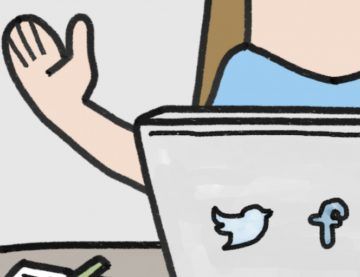Richard Hughes Gibson in The Hedgehog Review:
 American society is prone, political theorist Langdon Winner wrote in 2005, to “technological euphoria,” each bout of which is inevitably followed by a period of letdown and reassessment. Perhaps in part for this reason, reviewing the history of digital democracy feels like watching the same movie over and over again. Even Winner’s point has that quality: He first made it in the mid-eighties and has repeated it in every decade since. In the same vein, Warren Yoder, longtime director of the Public Policy Center of Mississippi, responded to the Pew survey by arguing that we have reached the inevitable “low point” with digital technology—as “has happened many times in the past with pamphleteers, muckraking newspapers, radio, deregulated television.” (“Things will get better,” Yoder cheekily adds, “just in time for a new generational crisis beginning soon after 2030.”)
American society is prone, political theorist Langdon Winner wrote in 2005, to “technological euphoria,” each bout of which is inevitably followed by a period of letdown and reassessment. Perhaps in part for this reason, reviewing the history of digital democracy feels like watching the same movie over and over again. Even Winner’s point has that quality: He first made it in the mid-eighties and has repeated it in every decade since. In the same vein, Warren Yoder, longtime director of the Public Policy Center of Mississippi, responded to the Pew survey by arguing that we have reached the inevitable “low point” with digital technology—as “has happened many times in the past with pamphleteers, muckraking newspapers, radio, deregulated television.” (“Things will get better,” Yoder cheekily adds, “just in time for a new generational crisis beginning soon after 2030.”)
So one threat the present techlash poses is to obscure the ways that digital technology in fact serves many of the functions the visionaries imagined. We now take for granted the vast array of “Gov Tech”—meaning internal government digital upgrades—that makes our democracy go. We have become accustomed to the numerous government services that citizens can avail themselves of with a few clicks, a process spearheaded by the Clinton-Gore administration. We forget how revolutionary the “Internet campaign” of Howard Dean was at the 2004 Democratic primaries, establishing the Internet-based model of campaigning that all presidential candidates use to coordinate volunteer efforts and conduct fundraising, in both cases pulling new participants into the democratic process.
An honest assessment of the current state of digital democracy would acknowledge that the good jostles with the bad and the ugly.
More here.
